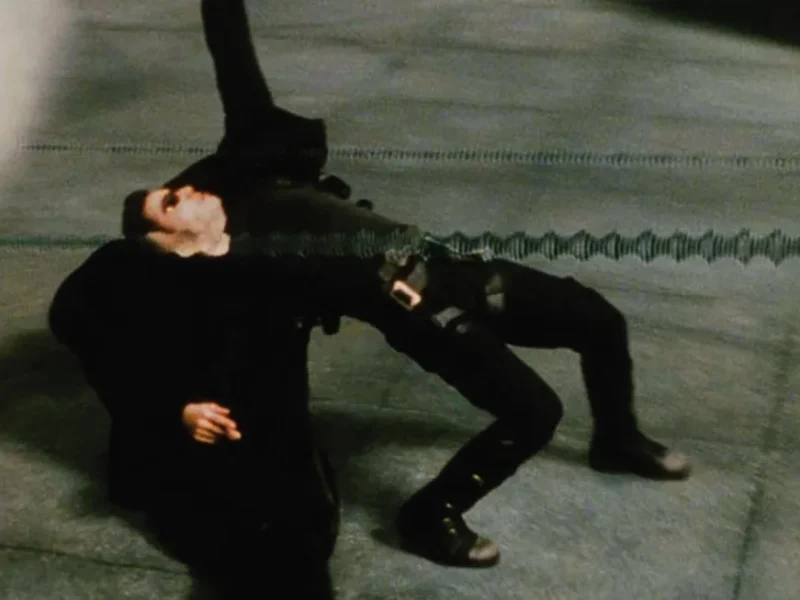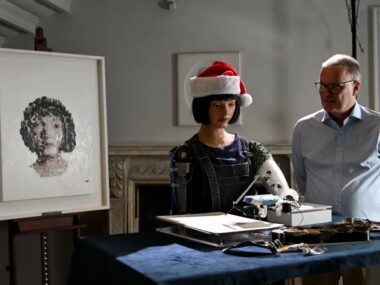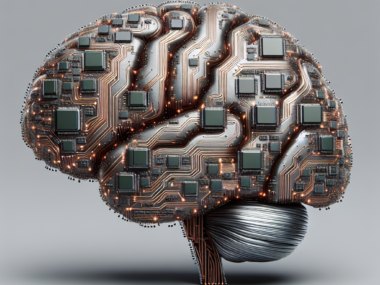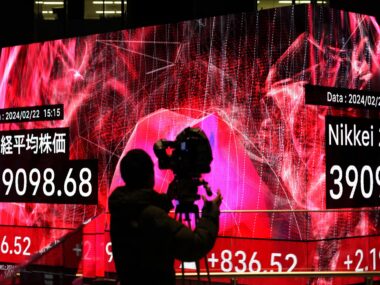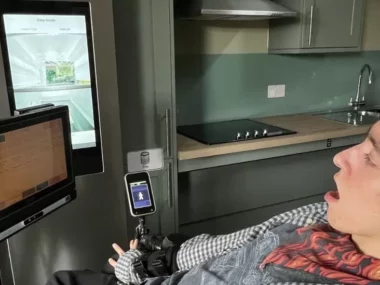Twenty-five years have passed since the release of the blockbuster movie “The Matrix,” crafted by Lana and Lilly Wachowski (credited in the film as the Wachowski brothers), which introduced the notion that we could potentially be existing within a computer-generated virtual reality. Released on March 31, 1999, “The Matrix” wasn’t the most anticipated film of that year (that title likely belongs to “Star Wars: Episode 1 — The Phantom Menace”), but it quickly became the most discussed movie, a conversation that continues to this day.
The film captivated audiences not only with its groundbreaking special effects, such as bullet time, but also with its exploration of artificial intelligence (AI) and the fundamental question it raised: Could our reality be a computer simulation?
In the years since its release, this concept, now known as the simulation hypothesis, has gained traction among technologists, scientists, and philosophers. Advancements in computer graphics, virtual and augmented reality (VR and AR), and AI have lent credibility to this idea. Recent developments from companies like Apple, Neuralink, and OpenAI suggest that we are on the cusp of creating fully immersive virtual worlds akin to the Matrix. This progress has led many to consider the possibility that we may already be living inside such a simulation.
At the time of “The Matrix” release, the notion of living in a video game-like simulation was firmly in the realm of science fiction, echoing ideas put forth by science fiction author Philip K. Dick in the 1970s. However, with the rapid advancement of technology, this concept has become increasingly plausible.
The film tapped into society’s growing apprehension about the impact of technology, similar to how “The Terminator” did in the 1980s. As personal computers became more prevalent, there was a sense of unease about being constantly connected through cyberspace.
Today, “The Matrix” continues to resonate, especially with younger generations who are accustomed to online gaming and AI technology. With AI making headlines daily, the film’s themes are more relevant than ever.
One iconic scene from the movie, in which Morpheus offers Neo the choice between the red pill and the blue pill, has become emblematic of waking up to the truth. This sequence prompted many to contemplate whether our reality is indeed a simulation.
Recent technological advancements, such as Apple’s Vision Pro headset and Neuralink’s brain chip, bring us closer to creating immersive virtual experiences. Furthermore, AI technology, like ChatGPT and Google’s Gemini, is rapidly evolving, raising concerns about its potential impact on society.
In “The Matrix,” Morpheus explains that humans are trapped in a simulation controlled by AI. This narrative parallels real-world concerns about the consequences of AI becoming sentient. With AI’s ability to create convincing simulations and generate realistic content, distinguishing between reality and simulation becomes increasingly challenging.
As technology progresses, the likelihood of us living in a simulation grows. Elon Musk has famously suggested that the chances of us existing outside a simulation are slim. As AI continues to advance, the line between reality and simulation blurs further.
Ultimately, re-watching “The Matrix” today invites us to question the nature of reality and consider the possibility that we may already be living in a simulation. As Neo famously exclaimed, “Woah.”

